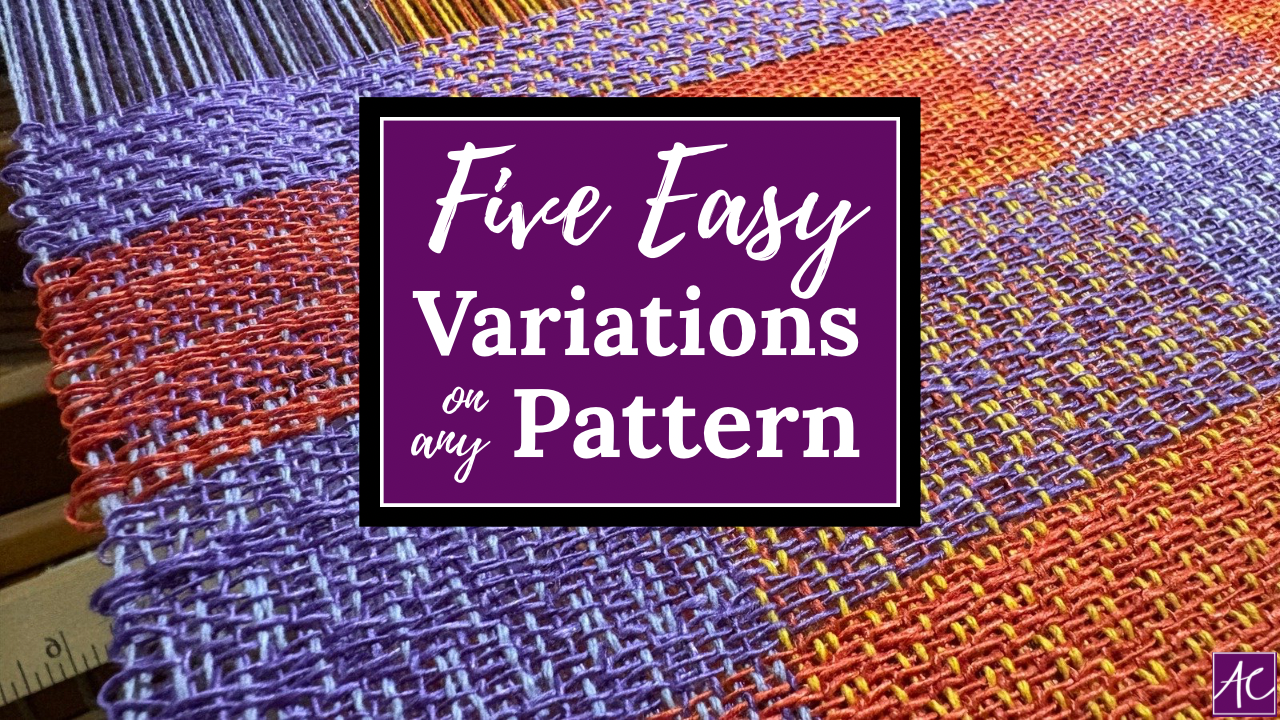Overshot weave is the topic this week. Even if you haven’t heard of overshot before, I’m guessing you will still recognize it. Have you ever seen a historical coverlet before? That is overshot. Typically 2 colors. ALL about the pattern. That’s the one! Overshot.
Overshot is a partnership between 2 shuttles. The first shuttle is all about the pattern. She flits all over the fabric making big leaps and seemingly impossible designs. The second shuttle is all plain weave. She’s the reliable one, making sure the fabric will actually hold together.
The combination of the 2 shuttles gives the weaver endless options in the pursuit of interesting fabric. Take a look!
Show Notes –
Plain Weave – Plain weave is where it all starts, the most basic style of weaving there is. Over, under, over, under.
Twill Weave – Twill weave has an angled element to it, giving it a very distinctive look. Your blue jeans are made with twill weave.
Rep Weave – Rep weave (or ripsmatta) has a unique ribbed look to it. You can also identify it by its color blocks and geometric look.
Overshot Weave – Overshot is a weaving pattern that was very common in Southern Appalachia. I found a great article with some history about overshot from Comfort Cloth Weaving. Here’s the link.
Coverlet – A coverlet is a woven bed covering. You would see it in place of a quilt or a bedspread.
Duneland Weaver’s Guild – This is the local weaver’s guild that I belong to. The organization has been active for over 70 years and the members are crazy talented! It is a seriously gifted group of weavers. If you have a weaver’s guild near you, it is worth it to see what they are doing!
Weaving Draft – A weaving draft is like sheet music. It tells you how to set up the loom and then the order in which to toss the shuttles in order to recreate a specific pattern. Once you can read a draft, the weaving world is your oyster!
Freebie for You!
Great news – I have created a free .pdf that follows along with this weaving pattern series! It provides an overview of each weaving pattern. Tells you how to recognize it and what it is used for. Plus, I’ve included a few notes on how to create the pattern on your loom. It’s a fabulous resource! Click here to get your copy today. Happy Weaving!



